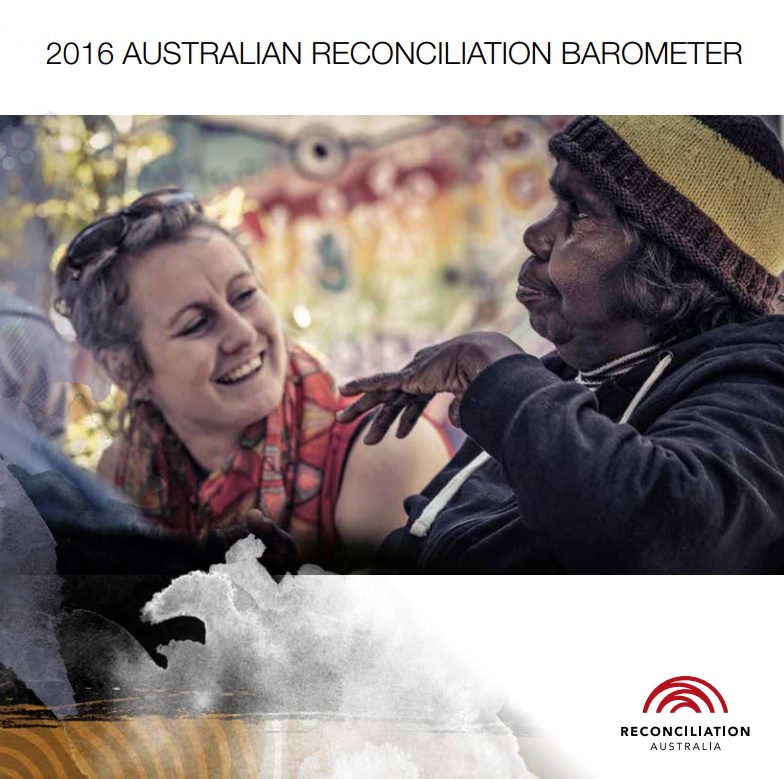Summary
The 2016 Australian Reconciliation Barometer tells us that since 2014 an increasing number of Australians are proud of Aboriginal and Torres Strait Islander cultures and believe these cultures are important to Australia’s identity as a nation.
Almost all Australians continue to view the relationship between each other as important and many believe that it is possible that all Australians can be united, with 97% of Aboriginal and Torres Strait Islander Australians and 89% Australians in the general community believing our relationship to be important.
In 2016 the Barometer surveyed 500 Aboriginal and Torres Strait Islander Australians and 2277 Australians in the general community across all states and territories. This is the largest sample size the Barometer has ever surveyed.
The 2016 report shows that:
- Racism, both perceived and actual experiences, is increasing with 57% Aboriginal and Torres Strait Islander Australians now agree Australia is a racist country, compared to 48% in 2014.
- In the general Australian community, there are varying perceptions and attitudes towards Aboriginal and Torres Strait Islander peoples being responsible for their own disadvantage.
- The influence of the media in perceptions of Aboriginal and Torres Strait Islander peoples have increased since 2014 – this is particularly evident among Indigenous respondents. Read more Media insights into the 2016 Australian Reconciliation Barometer.




